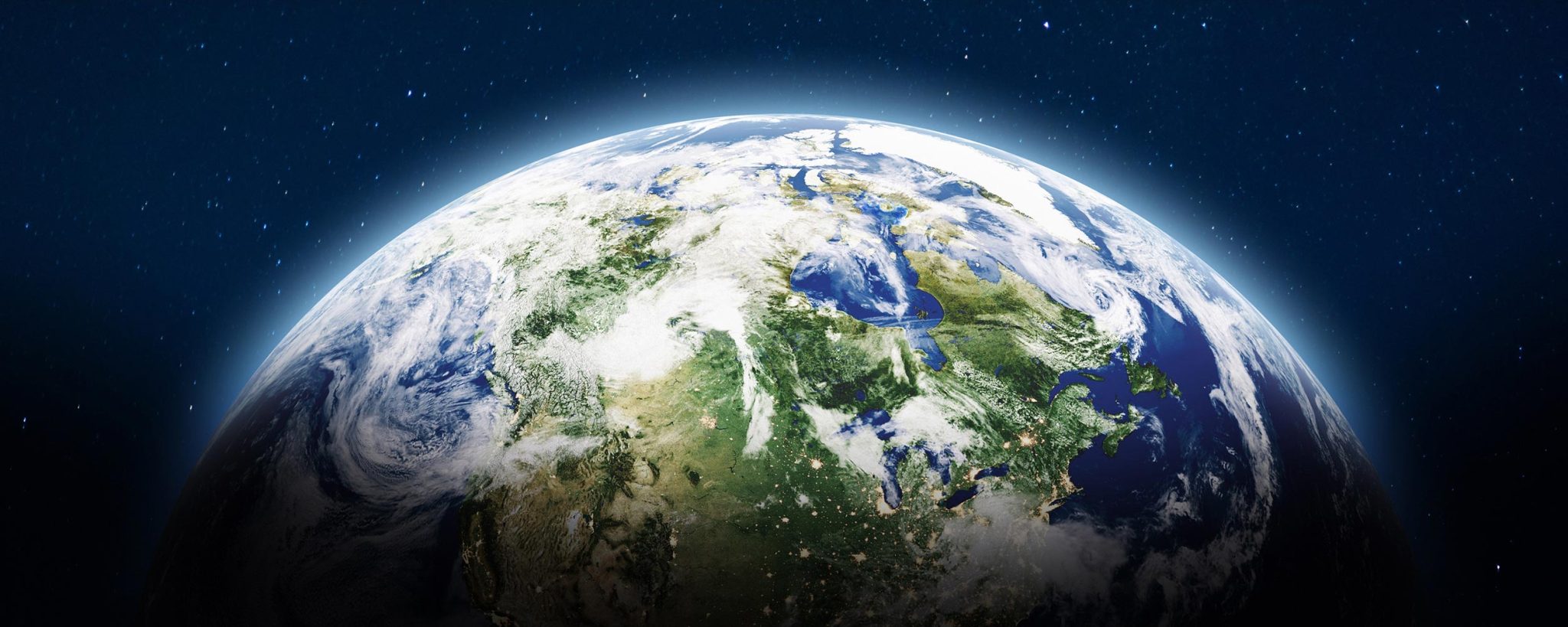
Σύμφωνα με νέα έρευνα, η εκ νέου κατάψυξη των πόλων με τη μείωση του εισερχόμενου ηλιακού φωτός θα ήταν δυνατή και σημαντικά φθηνή.
Οι πόλοι της Γης θερμαίνονται πολλές φορές πιο γρήγορα από τον παγκόσμιο μέσο όρο. Στην πραγματικότητα, κύματα καύσωνα που έσπασαν ρεκόρ αναφέρθηκαν νωρίτερα φέτος τόσο στην Αρκτική όσο και στην Ανταρκτική. Το λιώσιμο των πάγων και η κατάρρευση των παγετώνων σε μεγάλα γεωγραφικά πλάτη θα επιτάχυνε την άνοδο της στάθμης της θάλασσας σε όλο τον πλανήτη. Ευτυχώς, θα ήταν εξαιρετικά εφικτό και φθηνό να ξαναπαγώσουμε τους πόλους μειώνοντας το εισερχόμενο ηλιακό φως. Αυτό είναι σύμφωνα με νέα έρευνα που δημοσιεύτηκε στις 15 Σεπτεμβρίου 2022 στο IOP Publishing’s Επικοινωνίες Περιβαλλοντικής Έρευνας.
Οι επιστήμονες έχουν επινοήσει ένα πιθανό μελλοντικό πρόγραμμα γεωμηχανικής στο οποίο πίδακες μεγάλου υψομέτρου ψεκάζουν μικροσκοπικά σωματίδια αερολύματος στην ατμόσφαιρα σε γεωγραφικά πλάτη 60 μοιρών βόρεια και νότια – περίπου το Anchorage και το νότιο άκρο της Παταγονίας. Εάν εγχυθούν στα 43.000 πόδια/13.000 μέτρα (πάνω από υψόμετρα πλεύσης αεροσκαφών), αυτά τα αερολύματα θα παρασυρθούν αργά προς τον πόλο, σκιάζοντας την επιφάνεια ελαφρώς πιο κάτω.
Ο επικεφαλής συγγραφέας Γουέικ Σμιθ σημειώνει: «Υπάρχει ένας ευρέως διαδεδομένος και εύλογος φόβος για την ανάπτυξη αερολυμάτων για την ψύξη του πλανήτη, αλλά αν η εξίσωση κινδύνου/οφέλους πρόκειται να αποδώσει οπουδήποτε, είναι στους πόλους». Smith Λέκτορας στο[{” attribute=””>Yale University and a Senior Fellow at the Mossavar-Rahmani Center for Business and Government at Harvard Kennedy School.
Particle injections would be performed seasonally in the long days of the local spring and early summer. Both hemispheres could be serviced by the same fleet of jets, ferrying to the opposite pole with the change of seasons.
Pre-existing military air-to-air refueling tankers such as the aged KC-135 and the A330 MMRT don’t have enough payload at the required altitudes. However, newly designed high-altitude tankers would prove much more efficient. A fleet of roughly 125 such tankers could loft a payload sufficient to cool the regions poleward of 60°N/S by 2°C per year. This would be enough to return them close to their pre-industrial average temperatures. Annual costs are estimated at $11 billion. This is less than one-third the cost of cooling the entire planet by the same 2°C magnitude and just a tiny fraction of the cost of reaching net zero emissions.
“Game-changing though this could be in a rapidly warming world, stratospheric aerosol injections merely treat a symptom of climate change but not the underlying disease. It’s aspirin, not penicillin. It’s not a substitute for decarbonization,” says Smith.
Cooling at the poles would provide direct protection for only a small portion of the planet. However, the mid-latitudes should also experience some temperature reduction. Since less than 1% of the global human population lives in the target deployment zones, a polar deployment would entail much less direct risk to most of humanity than a global program.
“Nonetheless, any intentional turning of the global thermostat would be of common interest to all of humanity and not merely the province of Arctic and Patagonian nations,” adds Smith.
In summary, the current study is just a small and preliminary step towards understanding the costs, benefits, and risks of undertaking climate intervention at high latitudes. It provides further reason to believe that such tools could prove useful both in preserving the cryosphere near the poles and slowing global sea level rise.
Reference: “A subpolar-focused stratospheric aerosol injection deployment scenario” by Wake Smith, Umang Bhattarai, Douglas G MacMartin, Walker Raymond Lee, Daniele Visioni, Ben Kravitz and Christian V Rice, 15 September 2022, Environmental Research Communications.
DOI: 10.1088/2515-7620/ac8cd3

“Ερασιτέχνης διοργανωτής. Εξαιρετικά ταπεινός web maven. Ειδικός κοινωνικών μέσων Wannabe. Δημιουργός. Thinker.”



